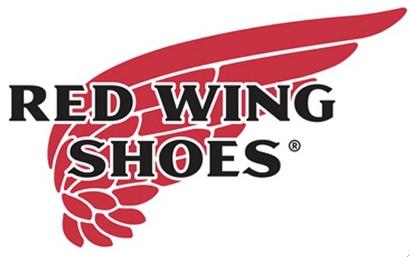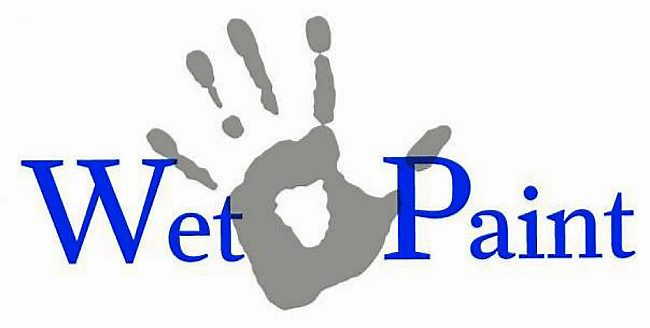Eight Retail Leaders To Be Recognized As Minnesota’s Retail Champions
Minnesota's Retail Champions 2019
Today’s Minnesota consumer is well-researched, cost-conscious and appreciative of shopping experiences and options. Join the Minnesota Retailers Association (MnRA) as we recognizeeight leading retailers and industry partners at the announcement of the 2019 Minnesota’s Retail Champions.
“We are proud to recognize eight innovative retailers, communities and partners that are leading the way in connecting with consumers and today’s trends following a vigorous process to identify Minnesota’s Retail Champions,” says Bruce Nustad, Minnesota Retailers Association president. “The retail industry has a deep impact on Minnesota communities, and these award recipients are truly representative of what’s great about retail across the state, how the industry is changing, and what it takes to attract customers today.”
The following is a complete list of the 2019 Minnesota’s Retail Champion Award recipients:
Best Place to Work
Red Wing Shoe Company, Red Wing, MN and locations worldwide
Read more about this award!
Customer Experience
Wet Paint, St. Paul, MN
Read more about this award!
Outstanding Achievement
Glenn McKee, Games by James, locations throughout Minnesota and Wisconsin
Read more about this award!
Retailer of the Year
Hubert White, Minneapolis, MN
Read more about this award!
Retail Employee of the Year
Kee Kong, Joe’s Sporting Goods, Little Canada, MN
Read more about this award!
Retail Innovation
Brainerd Lakes Chamber of Commerce, Brainerd, MN
Read more about this award!
Social Responsibility
Mall of America, Bloomington, MN
Read more about this award!
Vendor Partner of the Year
Branch, Minneapolis, MN
Read more about this award!
MnRA started the award process by putting out a statewide call for nominations early in the year. A panel of peer judges reviewed nearly eight dozen nominations and selected the top nominee in each category. Tickets to the event are $25 online at www.retailrally.com.


